Temperature sensors, such as thermowells, thermocouples, and RTD (Resistance Temperature Detector) sensors, are essential in industrial, semiconductor, solar and scientific applications. However, over time, these sensors wear out or become defective, requiring replacement. Proper disposal and recycling of these components are critical for reducing environmental impact and contributing to a more sustainable future.
By focusing on responsible disposal, recycling options, and sustainable alternatives like sensor refurbishment, industries can minimise waste, reduce electronic pollution, and promote resource conservation. This article explores how sustainable temperature sensing solutions can help companies lower their carbon footprint.
The Environmental Impact of Traditional Sensor Disposal
1. Material Composition and Waste Concerns
Thermowells, thermocouples, and RTD sensors contain a variety of materials, including:
- Copper and nickel (commonly found in thermocouples).
- Platinum and stainless steel (used in RTD sensors).
- Stainless steel (forming thermowells).
While some of these materials are recyclable, improper disposal can lead to waste accumulation and environmental contamination. Responsible handling of these materials ensures they are repurposed instead of discarded.
2. Electronic Waste Management Challenges
- Sensors with electronic components should be disposed of as electronic waste (e-waste) to prevent environmental harm.
- Small sensors without hazardous components may be suitable for disposal with metal waste.
Without proper recycling, these discarded components contribute to landfill waste and resource depletion.
Sustainable Solutions for Reducing Waste
1. Recycling Options for Temperature Sensors
Industries can significantly reduce waste by utilising recycling programs:
- Specialised e-waste recycling centers accept sensors with electronic components.
- Metal recovery facilities can process stainless steel, platinum, nickel, and copper for reuse.
Recycling these materials ensures that valuable resources are reclaimed, reducing the need for new raw material extraction.
2. Waste Separation for Responsible Disposal
Proper disposal depends on the sensor type:
- Pure metal thermowells can often be disposed of with standard metal waste.
- Electronic transmitter components in thermocouples and RTD sensors require processing as e-waste to prevent contamination.
Following these guidelines helps industries reduce unnecessary landfill waste while promoting environmentally responsible disposal practices.
3. Sustainable Alternative: Sensor Reuse and Refurbishing
Instead of disposal, some temperature sensors can be repaired or refurbished for continued use. Please talk to us to discuss if this is a viable option for your temperature sensors. Potential benefits include:
- Extending sensor lifespan, reducing the need for new production.
- Lowering material waste by reusing functional components.
- Minimising environmental impact through reduced manufacturing demands.
By working with us, industries can explore refurbishment options before discarding sensors, making temperature sensors more sustainable and cost-effective.
Wrapping Up
Proper disposal and recycling of thermowells, thermocouples, and RTD sensors play a critical role in reducing environmental impact. By separating waste correctly, using specialised recycling programs, and considering sensor refurbishment, companies can lower their carbon footprint while promoting responsible resource use.
Sustainable temperature sensing solutions not only help industries comply with environmental regulations but also contribute to a more eco-friendly and efficient approach to industrial waste management. Investing in these practices today supports a cleaner, more sustainable future.



